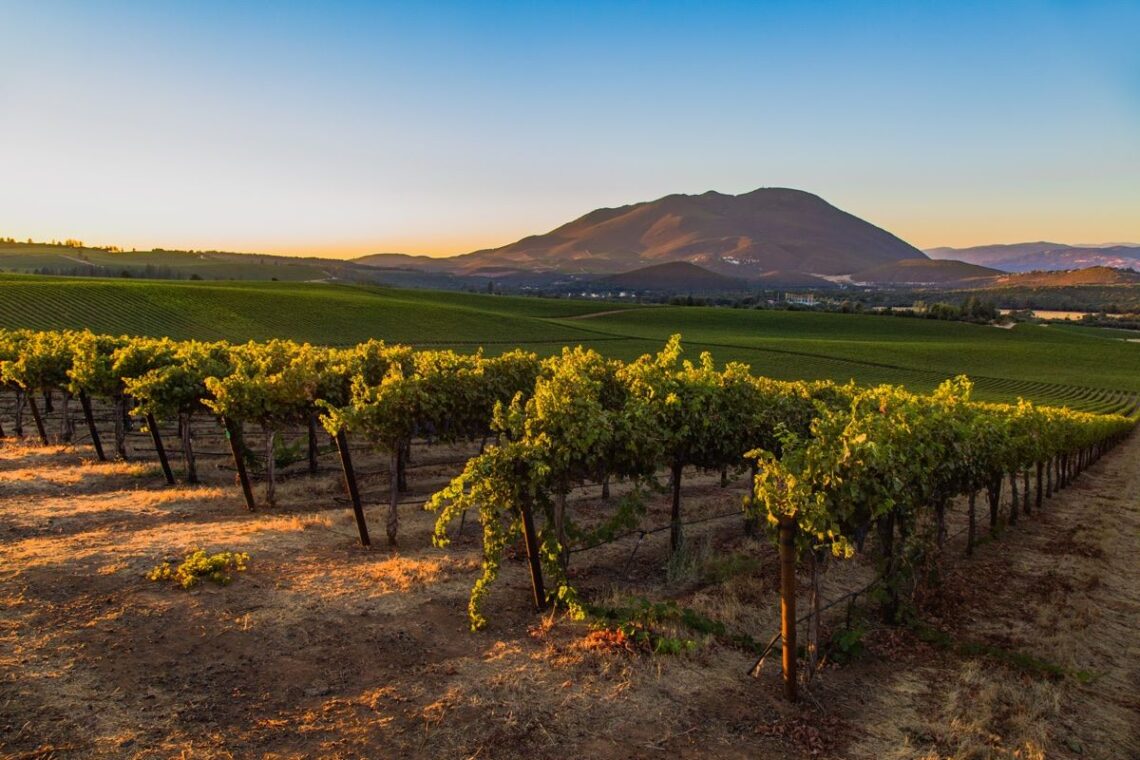The Wolf Post, supported by a Cultural Association, offers a professional service with free access, without subscription.
For this reason, a donation would also be a sign of appreciation for our work.
The first Lake County vineyards were planted in the 1870s. By 1900, Lake County wines had achieved their own specific identity, garnering international awards and recognition.
However, in 1920 Prohibition ended Lake County wine production. Most of the vineyards have been replaced by other crops.
In the 1960s, the area returned to its former glory thanks to some passionate growers certain of the potential of the area’s wine grapes. From less than 100 acres in 1965, vineyard acreage has grown to nearly 10,000 acres today and is expected to double in the future.
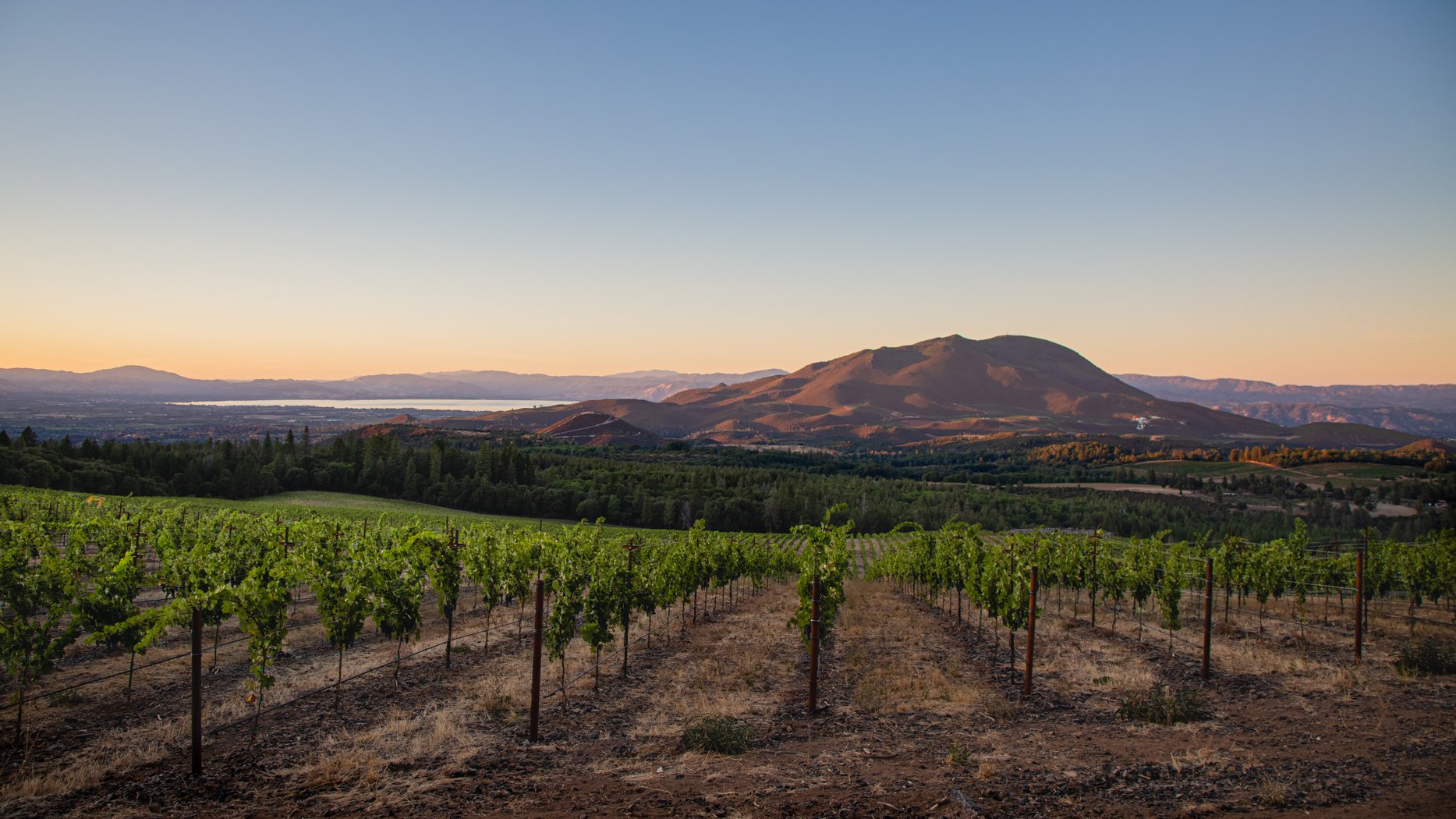
© Lake County Winegrowers-Photo Credit Nathan DeHart
Currently, the county has more than 30 wineries.
Altitude, microclimates, different soil types and Clear Lake contribute to the cultivation of exceptional grapes. The region’s fine wines continue to be award-winning and White House favorites.
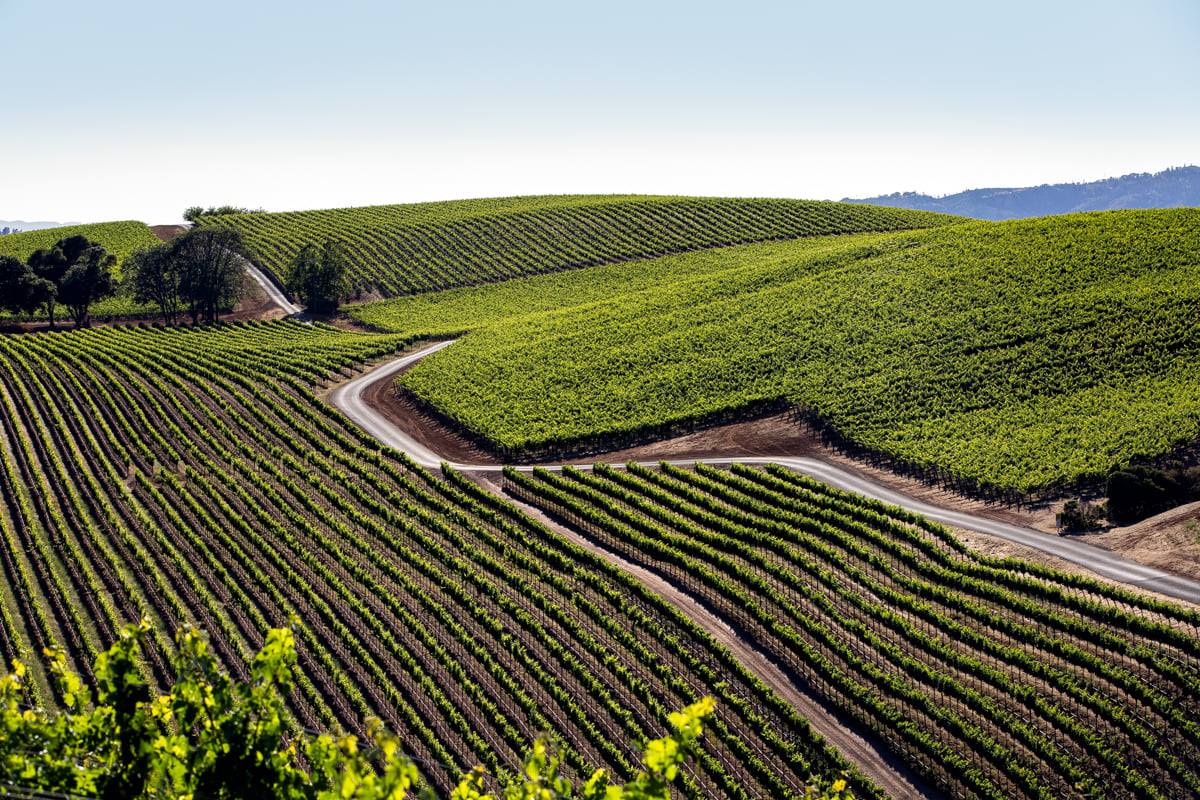
© Lake County Winegrowers-Photo Credit Nathan DeHart
The Lake County Winegrape Commission has also contributed to Lake County’s success as an emerging wine region. Established in 1991, the Commission supports the marketing efforts of Lake County winemakers. Those growers, in turn, are committed to the success of their product in the vineyards and wineries that buy their fruit.
Lake County features some of the youngest volcanic soils in California. Two volcanoes dominate the landscape: Cobb Mountain (elevation: 4724 feet, 1440 meters) and Mt. Konocti (elevation: 4285 feet, 1306 meters). Both host vineyards.
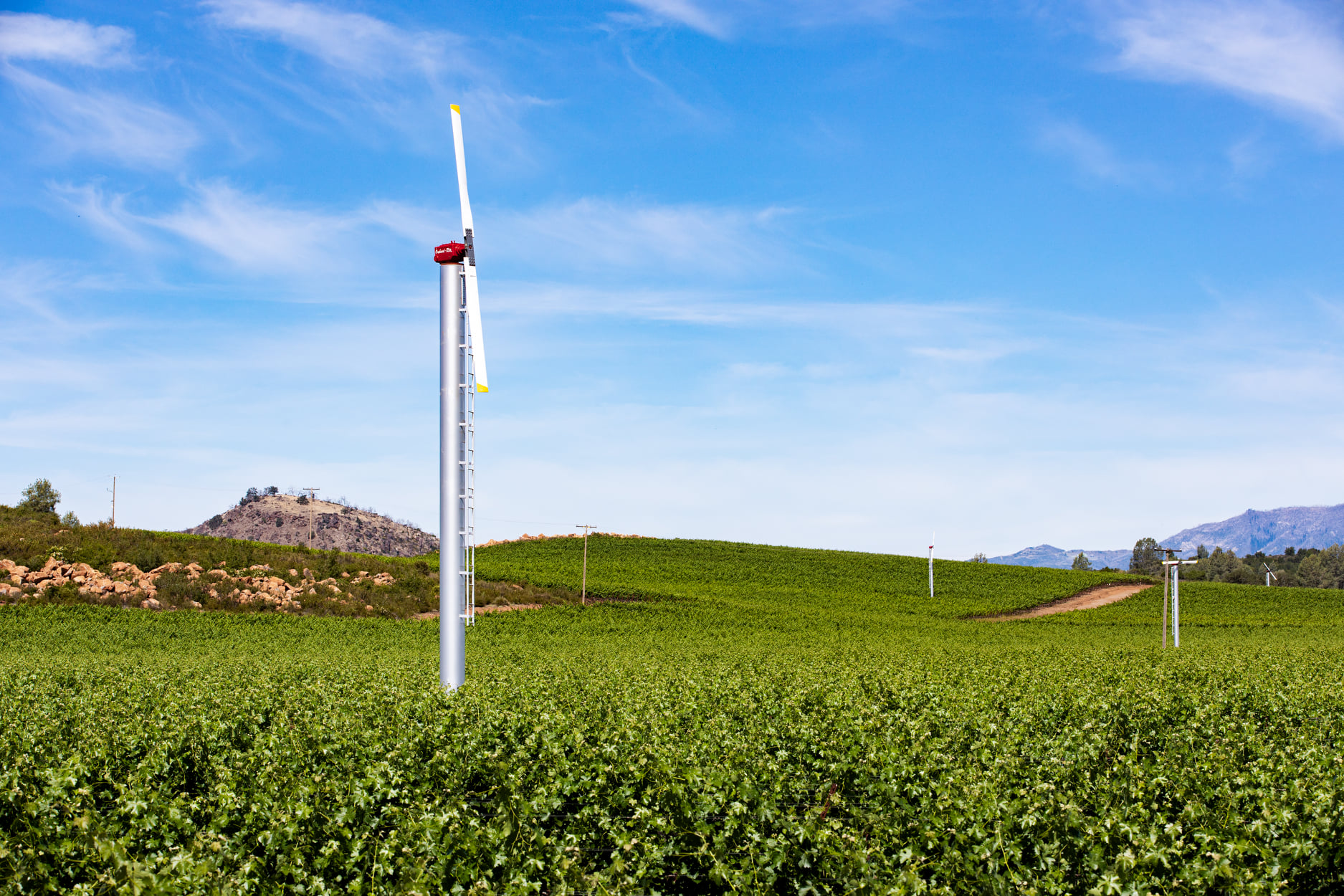
© Lake County Winegrowers-Photo Credit Nathan DeHart
Mount Konocti last erupted 11,000 years ago, showering the region with a shower of ash and pyroclastic outflow. The vineyards are littered with the remains, including black volcanic glass called obsidian that ranges from tiny stones to pieces the size of a small car. The 300,000-year-old Mount Konocti is officially listed as dormant, although sporadic volcanic-type earthquakes still occur. And the numerous hot springs and volcanic gas seeps are clear indications of its potential to erupt again.
Although soils throughout the county are primarily volcanic, two AVAS are notable for their dominant volcanic character: Red Hills and High Valley.
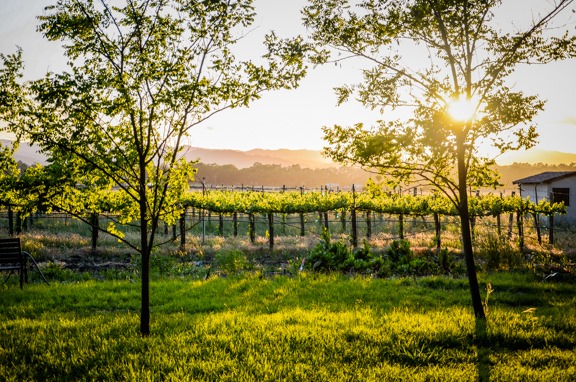
© Lake County Winegrowers-Photo Credit Nathan DeHart
The Red Hills-Lake County AVA vineyards are located on the slopes of Konocti Mountain, where deep red, iron oxide-rich soil variations contribute to the bold character of Red Hills wine.
The High Valley is lined with ridges and mountains, with vineyards both in the valley and on the high elevation slopes. Hence, its name.
Round Mountain, a volcanic cinder cone at the east end of the valley, erupted and filled the valley with volcanic debris and raised the level 425 feet above Clear Lake.
Like the Red Hills AVA, the volcanic soils here are well-drained, deep red in color, and rich in iron, as well as calcium and magnesium.
The Lake County wine region is divided into seven recognized appellations, each with its own terroir:
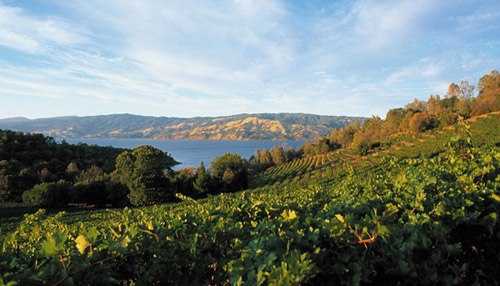
© Lake County Winegrowers
- Clear Lake AVA
- Benmore Valley AVA
- Big Valley District AVA
- Guenoc Valley AVA
- Upper AVA Valley
- Kelsey AVA bench
- Red Hills AVA
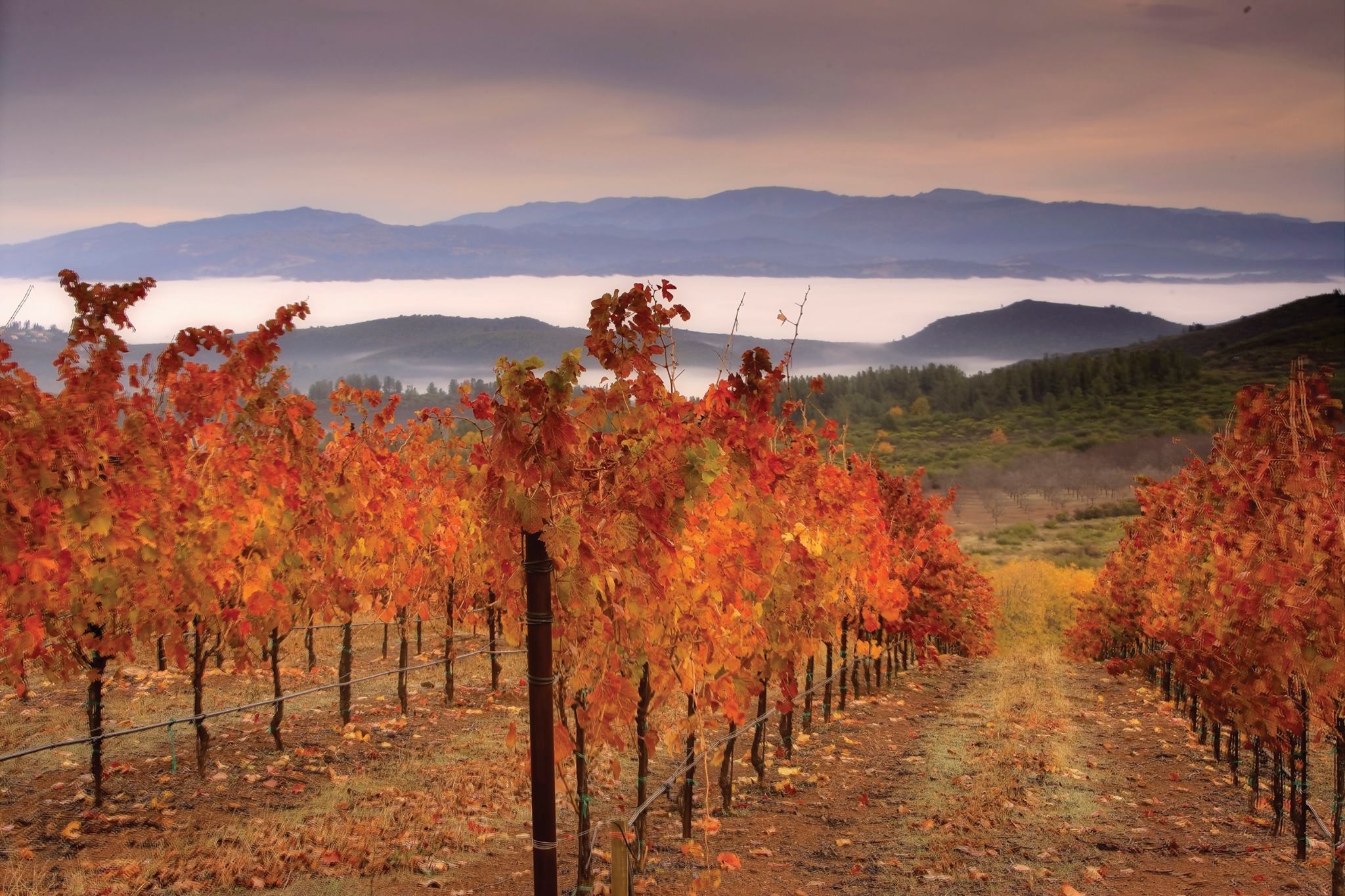
© Lake County Winegrowers
The Lake County Winegrape Commission promotes sustainability by ensuring that Lake County vineyard operations continue to work toward the goal of certified sustainability.
Today, Lake County is home to more than 30 wineries and 180 growers with over 9,400 acres producing wine grapes. Over 70 percent of them have participated in the Code of Sustainable Winegrape Practices Self-Assessment Workbook.
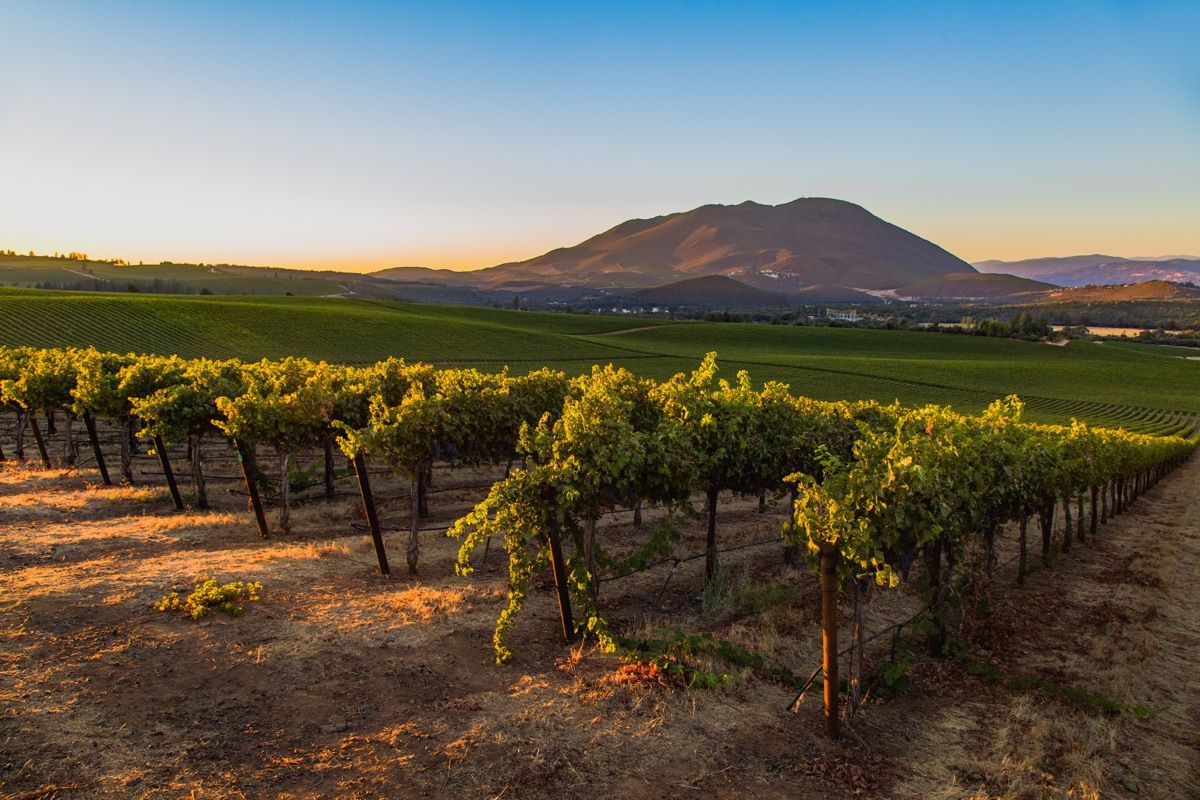
© Lake County Winegrowers
Sustainability, respect for the environment, improvement of employee professional development for greater social equity are some of the challenges for the near future. Objectives which, once achieved, will contribute to greater productivity, efficiency and innovation in this fascinating wine-growing region.
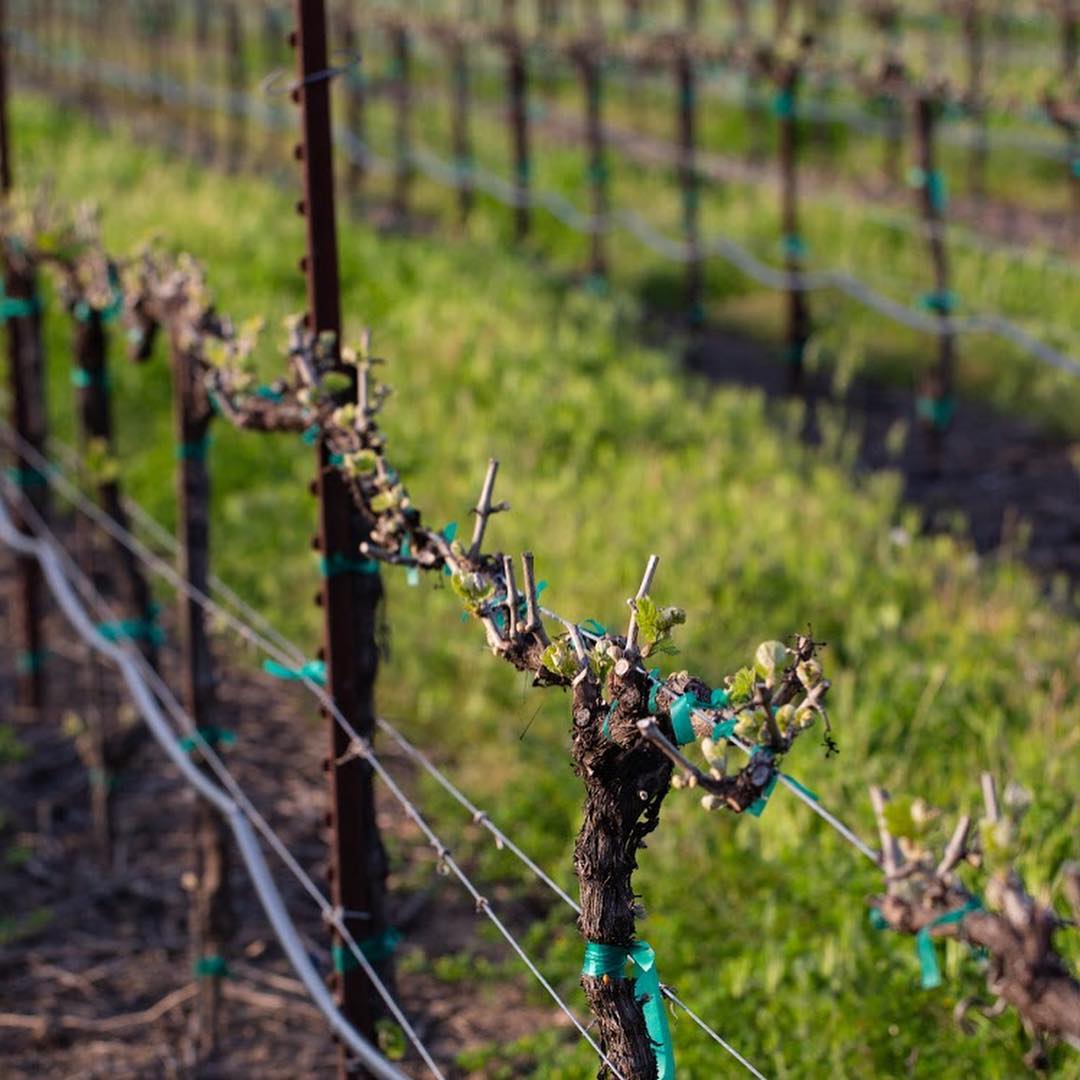
© Lake County Winegrowers
Today, the Lake County Winegrape Commission is instrumental in developing the region for quality wine production.


